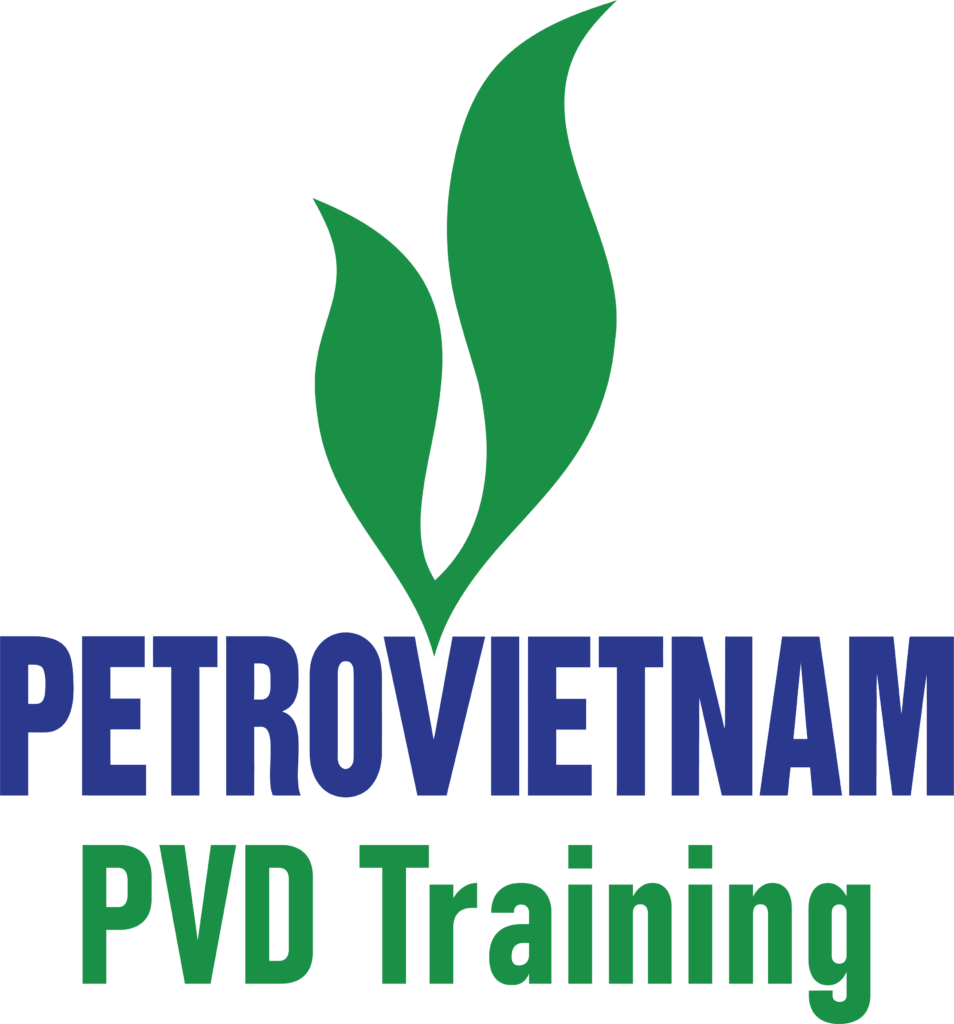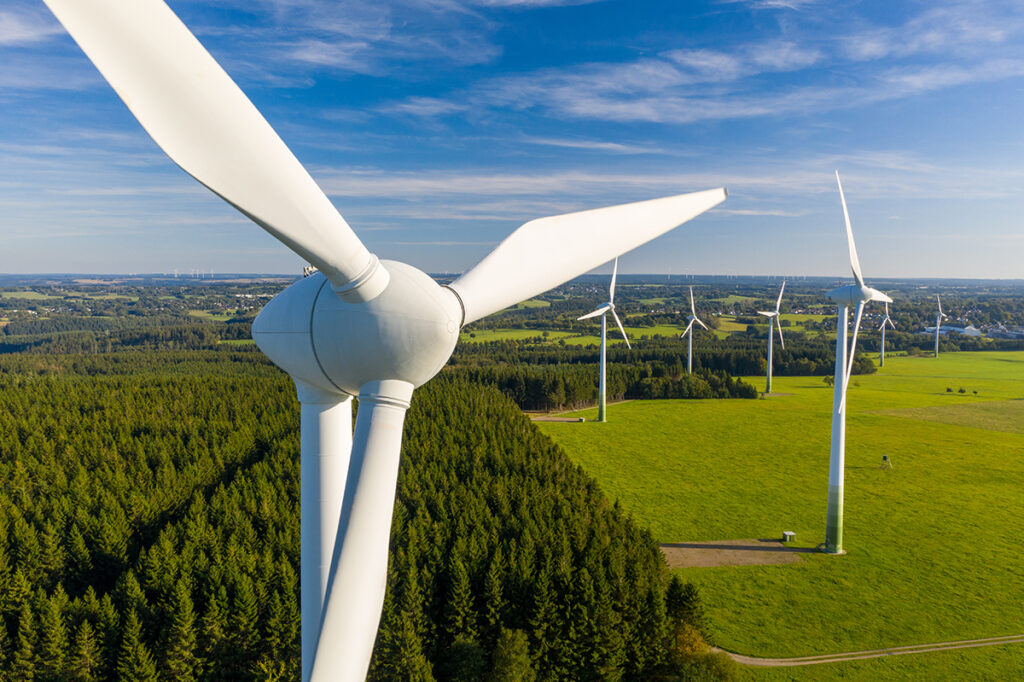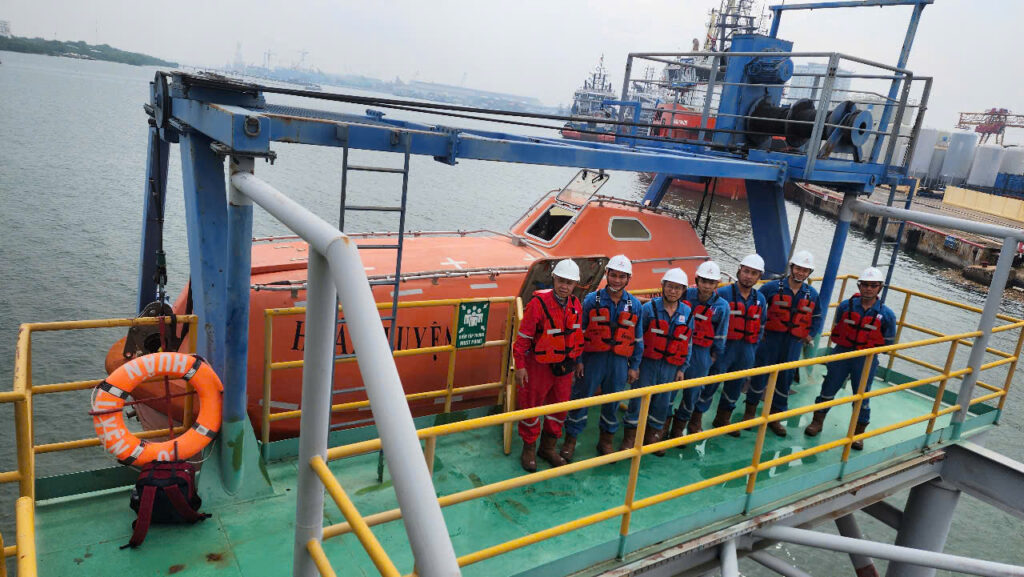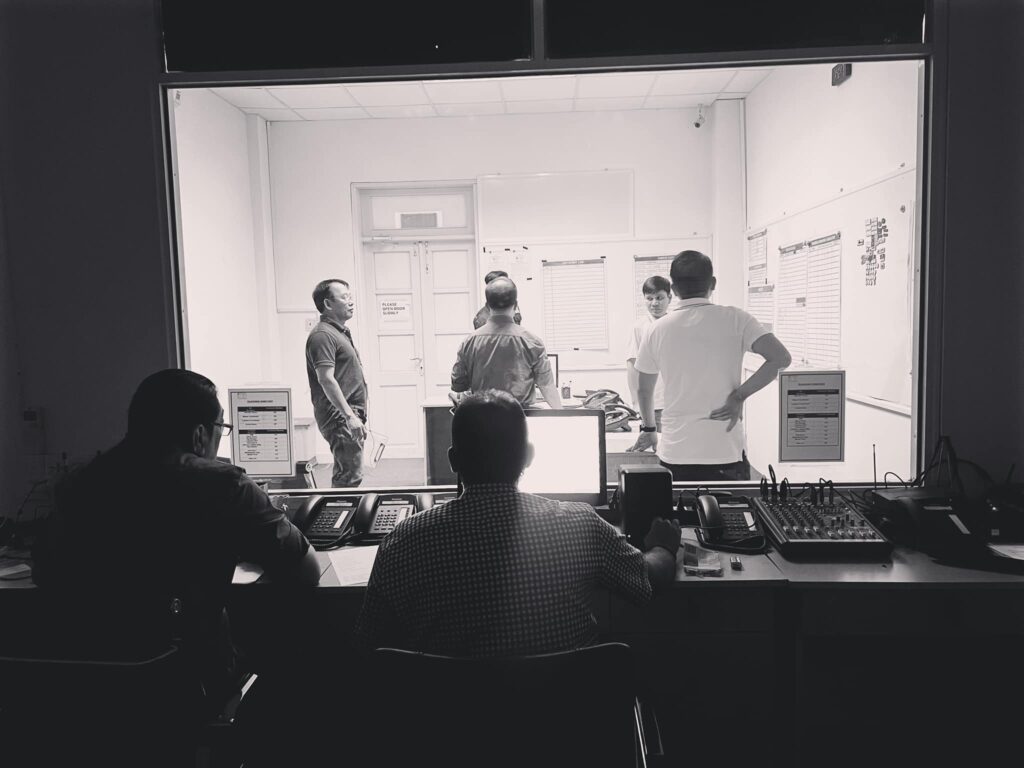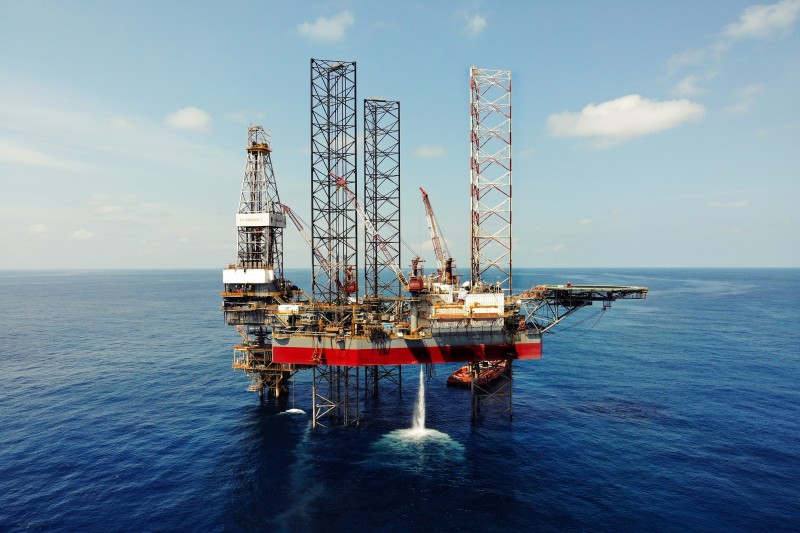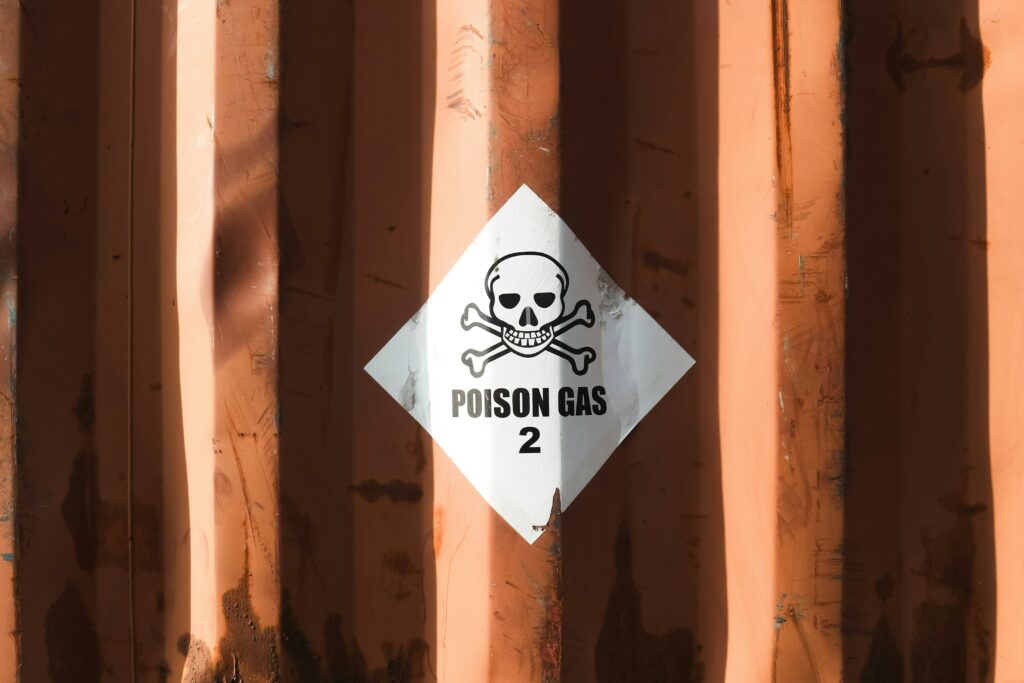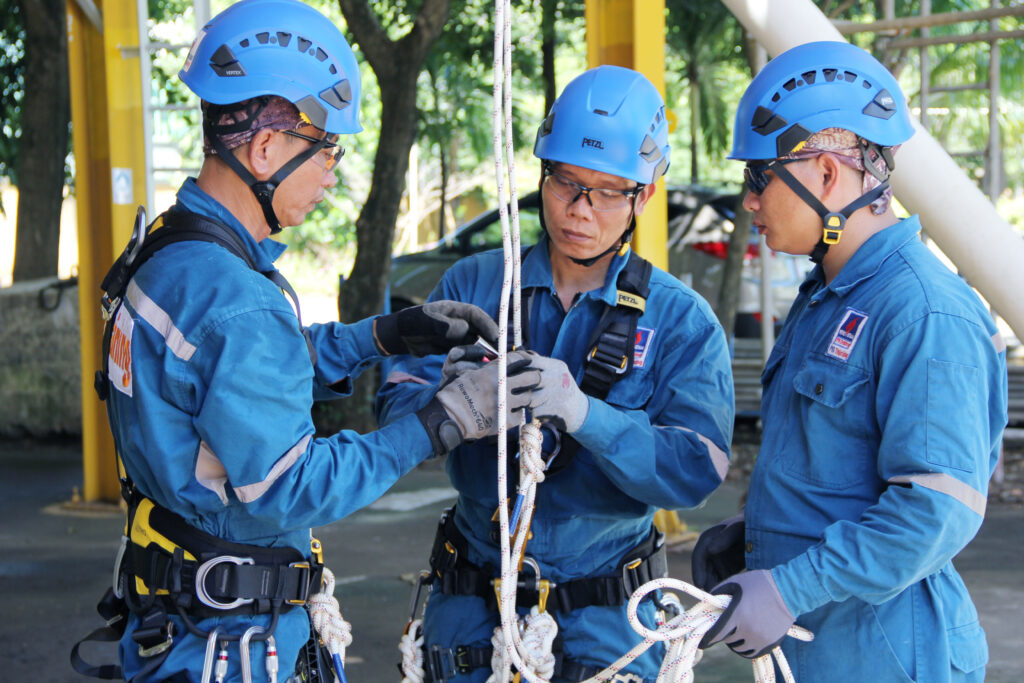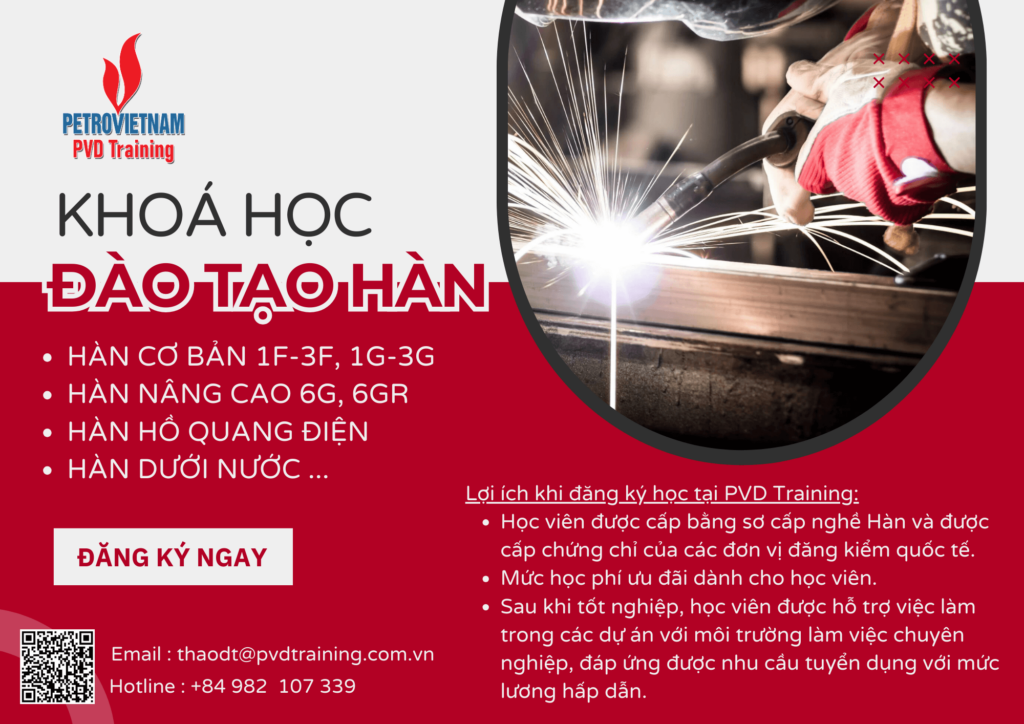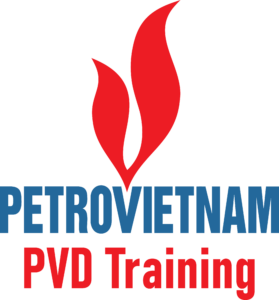Unlocking Wind Turbine Performance – Discover Our In-Depth Blade Maintenance Training
Wind energy, a decisive player in the quest for sustainable power, has surged to the forefront of the global energy scene. Amid rising calls for clean and renewable solutions, wind power is an escalating trend with undeniable momentum. Its popularity is driven by both its business advantages and environmental benefits. As industries strive to shrink carbon footprints and embrace eco-friendly options, wind energy emerges as a beacon of promise, providing a powerful pathway to meet energy needs while advancing a greener future.
1.The purpose of the blades
Wind turbine blades are essential components of a wind tower, designed to capture wind energy and convert it into rotational motion. These aerodynamic structures are carefully shaped to optimize energy capture, with lengths ranging from 30 to 80 meters or more. Made from lightweight yet sturdy materials like fiberglass and carbon fiber, the blades feature pitch control mechanisms to adjust their angles in response to wind changes.
Their efficient design and ongoing innovations contribute to the effectiveness of modern wind turbines. Regular maintenance ensures their longevity and performance. By harnessing wind’s kinetic energy, these blades play a vital role in generating renewable electricity, supporting sustainable energy production, and reducing environmental impact.

Picture 1: PVD Training on a training session
2.Why and when do the wind blades need to be maintained?
The durability of wind turbine blades is essential for the long-term efficiency and effectiveness of wind energy systems. While these blades are designed to withstand the rigors of constant exposure to wind forces, various factors necessitate regular maintenance to ensure their optimal performance and lifespan.
- Environmental Factors: Wind turbine blades are constantly exposed to harsh environmental conditions, including high winds, temperature variations, moisture, and airborne debris. Over time, these factors can lead to wear and tear, erosion, and the potential for material degradation.
- Fatigue and Stress: The continuous rotation of the blades subjects them to cyclic loading and stresses. This cyclic stress can lead to fatigue and eventually compromise the structural integrity of the blades if not addressed.
- Aerodynamic Efficiency: Even minor damage or changes in blade shape due to wear can impact the aerodynamic efficiency of the turbine. This reduction in efficiency can lead to decreased energy production.
- Safety: Ensuring the safety of both personnel and surrounding areas is crucial. Damaged or worn blades can pose risks of detachment, especially during extreme weather conditions, potentially causing accidents or damage.
Maintenance of wind turbine blades typically involves:
- Visual Inspections: Regular visual inspections are conducted to identify any visible signs of damage, erosion, or other issues. These inspections often include the use of drones or specialized equipment to assess the condition of the blades from various angles.
- Non-Destructive Testing (NDT): NDT techniques, such as ultrasound, thermography, and acoustic emission, are used to detect internal defects or delamination that may not be visible externally.
- Repair and Cleaning: Small damages, like cracks or minor erosion, can be repaired to prevent further deterioration. Cleaning the blades from dirt, debris, or bird droppings also helps maintain their aerodynamic efficiency.
- Balancing: Ensuring that the blades are properly balanced is important for minimizing stress on the entire turbine system.
- Scheduled Maintenance: Periodic maintenance is often performed during planned downtime, which can vary depending on factors like turbine model, location, and environmental conditions.
- Seasonal Inspections: Wind turbine blades are sometimes inspected more frequently after harsh weather conditions or during specific seasons when wear and tear are more likely.
By conducting regular maintenance at appropriate intervals, wind farm operators can extend the operational lifespan of turbine blades, optimize energy production, enhance safety, and maximize the return on investment in wind energy systems.
3.What if they are not periodically maintained?
If wind turbine blades are not periodically maintained, several potential issues can arise that may negatively impact the performance, safety, and longevity of the entire wind energy system:
-
- Reduced Energy Output: Without regular maintenance, small damages or erosion on the blades can accumulate over time, leading to reduced aerodynamic efficiency. This can result in decreased energy production, which directly affects the financial returns on the investment in the wind turbine.
- Structural Integrity: Over time, wear and tear, along with exposure to environmental factors, can compromise the structural integrity of the blades. This could lead to more serious damage, such as cracks or delamination, that might be costly to repair and potentially dangerous if not addressed.
- Safety Hazards: Damaged or deteriorated blades increase the risk of blade detachment, especially during high wind conditions. This poses safety hazards to personnel working in the vicinity of the turbines and could lead to blade fragments being thrown long distances, potentially causing damage to property or even injury.
- Costly Repairs: Neglecting maintenance can turn minor issues into major problems that require more extensive and expensive repairs. For example, a small crack left unattended could spread, necessitating blade replacement rather than a simple repair.
- Downtime and Operational Disruption: Unplanned maintenance due to sudden blade failure or the need for significant repairs can lead to prolonged downtime of the turbine. This disrupts energy production and affects the overall efficiency of the wind farm.
- Environmental Impact: Reduced energy output due to poorly maintained blades could lead to increased reliance on non-renewable energy sources, contributing to higher carbon emissions and environmental impact.
- Lifecycle Costs: Neglecting maintenance can lead to increased lifecycle costs of the wind turbine system. The expenses associated with repairs, replacements, and decreased energy production can outweigh the initial cost savings from avoiding maintenance.
4.Lists of essential training courses that are required to conduct maintenance service:
a) GWO Basic Safety Training
-
- Working at Height (02 days)
- Basic First Aids (01 day)
- Sea Survival (01 day)
- Fire Awareness (1/2 day)
- Manual Handling (1/2 day)
b) GWO Basic Technical Training
-
- Hydraulic (01 day)
- Mechanical (02 days)
c) GWO Advanced Rescue Training
-
- Hub, Spinner, and Inside blade (01 day)
d) Blade Repair (10 days)
5.Lists of available services that PVD Training can provide:
-
- Autonomous Drone Inspection of Wind Turbine Blades and Towers
- Blade Repair Consultation (In-house subject matter experts)
- Composite Blade Repair in Field
- Bolt Torquing – Checking & Replacement
- Provision of Senior Turbine Consultants
- Validation of Blade Failure Modes
- Damage Assessment – Generation of Repair Plans
- Blade Management Strategy
- Analytic Requirements
- Tower Flange Inspection and Sealing
- Blade Bearing Inspection
- Post Repair Inspection; Cat 3 – 5 close the loop on Inspection/Repair
- Insurance Walkdown/Fly Down Inspection
- Met Mast Inspection/Repairs
- Drone Inspection Site Works Technician Safety Module
- NDT Inspection of Blades
- Tower Foundation Investigation and Maintenance
- Drone Surveillance by Using Machine Learning
- Inspection Service for Safety Equipment
- Inspection Service for Hand Tools
- Inspection Service for Electrical and Instrument Equipment
- Inspection Service for Lifting Equipment
- Inspection Service for Mobile Working Platform
- Installation And Maintenance for Aviation Light
- Medical Support Services
- Rental Service (Tools, Crane, Lifting Machines…)
- Cleaning/ Treatment/ Painting/ Corrosion Protection Services for Wind Turbines And Blades
- Hydraulic Torque Wrenches/ Hydraulic Bolt Tensioners
- Pneumatic Torque Wrenches / Electric Torque Wrenches
- Mechanical Torque Wrenches/ Hydraulic Flange Spreaders/ Impact Sockets.
- Inspection Of Concrete in Wind Turbine Foundations
- Underwater Visual Inspections and Measurements Using ROVs (Remotely Operated Vehicles)
- Diving Services for Sensitive or Complex Inspections and Repairs
- Complex Geotechnical Surveys Such as Cable Depth Inspections
- Bathymetric Scour and Seabed Surveys, Backscatter Sonar Images of Seabed Objects
- Personal Protection Equipment Supply
- Positioning Of Mattresses, Rock Bags and Sandbags
- Subsea Cable Inspection
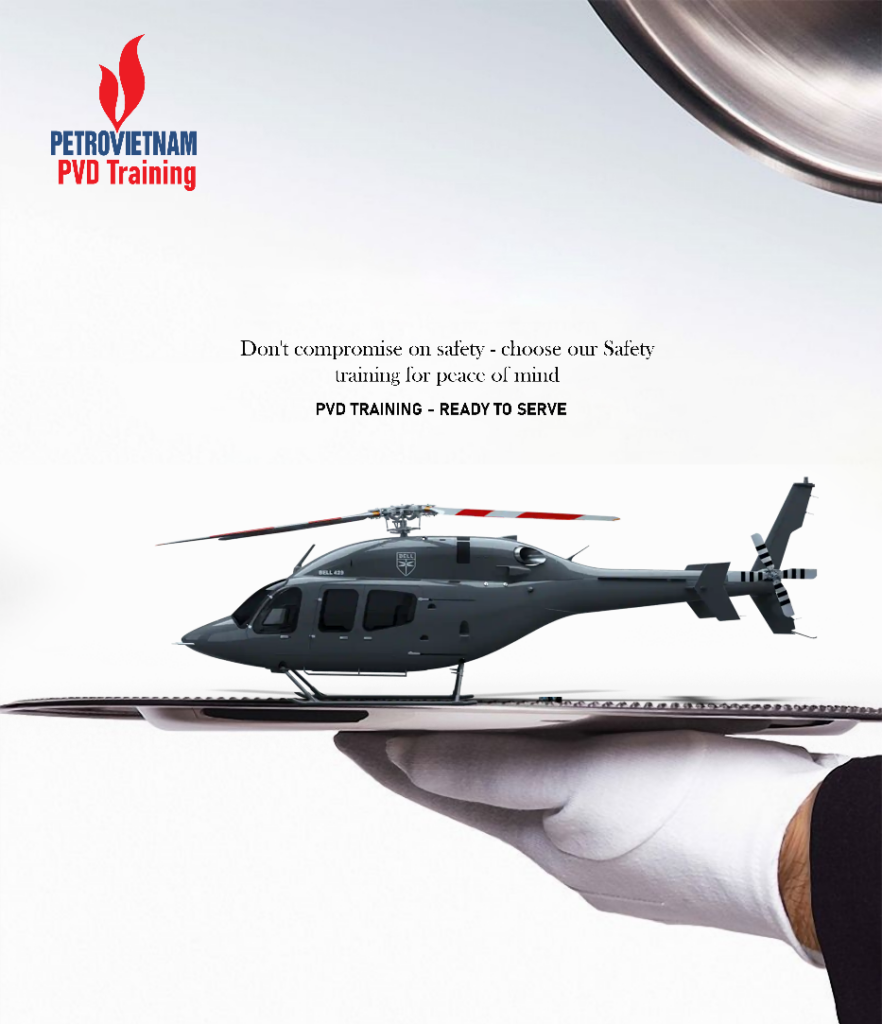
Ready to ensure the seamless performance and longevity of your wind energy assets? Our expert team specializes in comprehensive wind turbine blade maintenance, optimizing energy output and safeguarding your investments. Don’t compromise on efficiency or safety – contact us today to explore how our tailored solutions can elevate your wind energy endeavors to new heights.
Let us be your trusted partner in harnessing the power of the wind for a sustainable future!
Email: [email protected]
Website: GWO COURSE – PVD Training
- PVD TRAINING ĐƯỢC GWO CẤP CHỨNG NHẬN ĐÀO TẠO KỸ THUẬT & CỨU HỘ NÂNG CAO CÔNG TRÌNH ĐIỆN GIÓ
- PVD Training – 15 năm bền bỉ đào tạo nhân lực Việt
- How to keep distance while driving properly – OPITO SAFE DRIVING AT WORK TRAINING
- LOLER Competent Person Competence Assessment and Reassessment at PVD Training
- RECRUITMENT ANNOUNCEMENT
